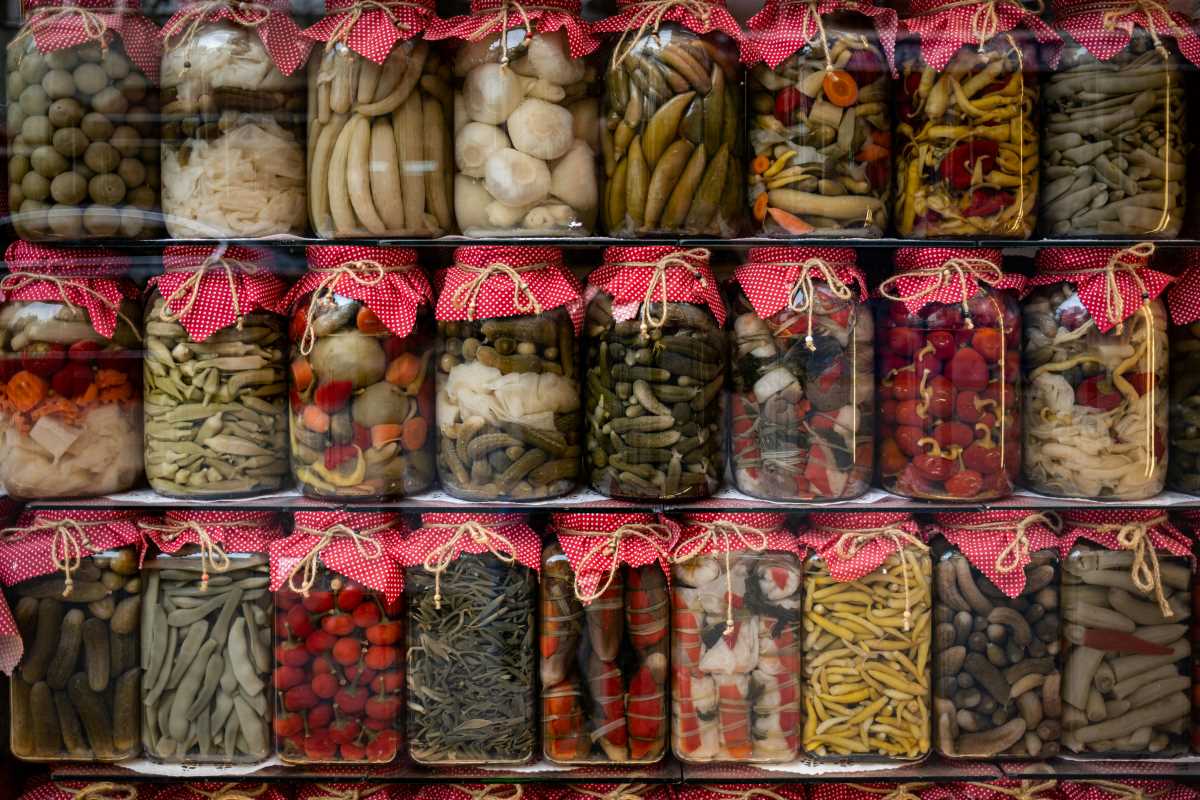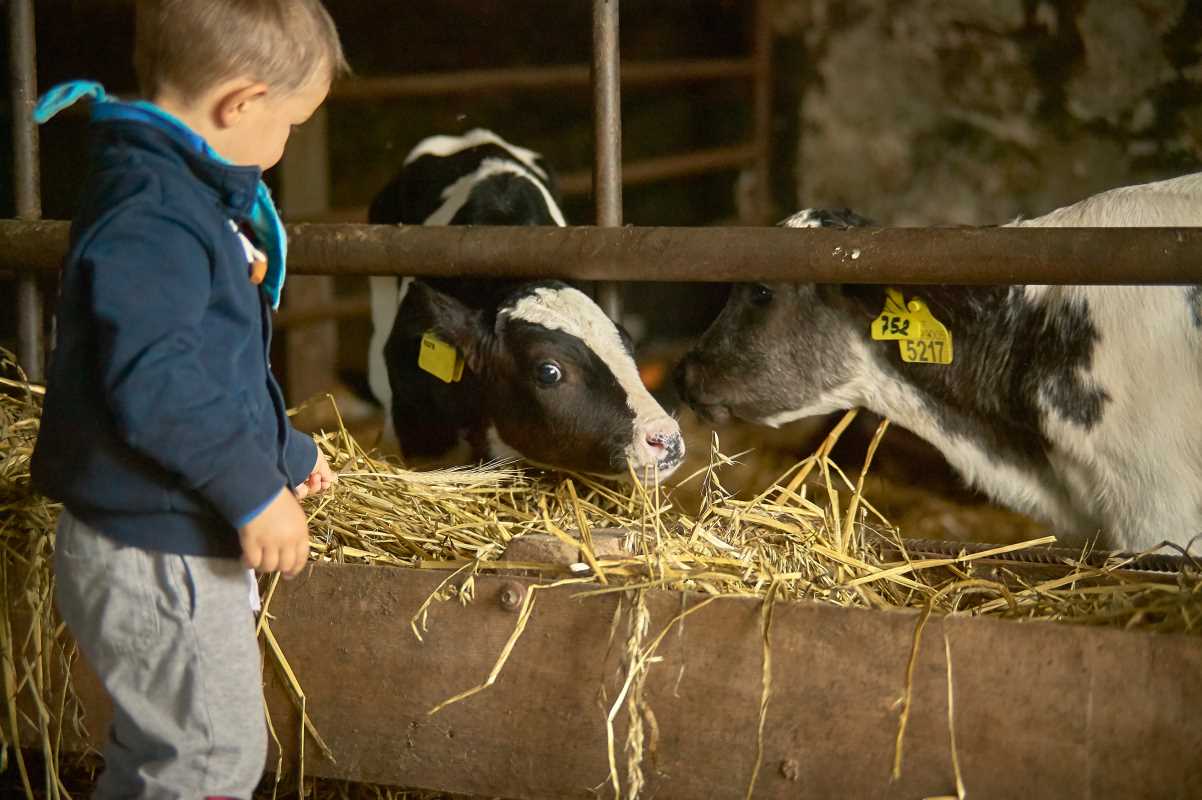Storing food at home allows people to enjoy the taste and nutrition of their harvests long after picking. With plenty of room on your property, you can try different ways to preserve fruits, vegetables, and herbs, keeping them fresh and delicious for months. Drying, canning, freezing, and fermenting blend time-tested methods with simple new ideas, making it possible to save food without costly or complex tools. By practicing these techniques, you can create a reliable pantry that supports your meals even when fresh produce is scarce, helping you make the most of each season’s bounty and reduce unnecessary waste.
Preserving your harvest at home lets you make the most of your land by storing excess produce for leaner times. Whether you plant a diverse vegetable garden or care for an orchard, fine-tuning preservation methods gives you control over your food supply. Clear steps and established techniques allow you to benefit from your resources and enjoy the fruits of your labor all year round.
Mastering the Basics of Home Food Preservation
Start with understanding the simplest techniques to extend shelf-life without sacrificing quality. Controlling temperature, moisture, and exposure to air remains crucial to keeping food safe and tasty. By carefully adjusting these factors, you lower the chances of spoilage and preserve vital nutrients. These basic methods create a strong foundation for successful preservation practices.
Knowing when and how to process specific foods is essential. Different fruits, vegetables, and herbs react uniquely to methods such as canning or drying. This careful attention ensures that flavors, textures, and essential nutrients stay intact. With a small amount of planning and practice, you can achieve consistently good results.
7 Essential Techniques to Know
Below is a numbered list of key methods to protect and extend the life of your homegrown produce:
- Canning: Heat treatment that seals food in sterilized jars, ensuring a long shelf-life.
- Freezing: Quick freezing preserves the flavor and nutritional value by slowing down enzyme activity.
- Drying: Removes moisture to prevent bacteria growth while concentrating flavors naturally.
- Fermenting: Uses controlled microbial growth to enhance flavors and promote digestion benefits.
- Pickling: Submerges produce in an acidic brine to stop spoiling organisms.
- Root Cellaring: Uses cool, humid underground spaces to naturally extend the storage life of crops.
- Smoking: Applies a slow, low-heat process that not only cooks but also infuses a rich flavor into meats and fish.
Each technique addresses unique preservation challenges. Their specific steps help keep the food’s natural benefits while adapting to various types of produce. These practical methods let you effectively manage your food stock and cut down on waste.
Incorporating these methods into your regular routines ensures you have prepared supplies ready for short-term meals or long winter storage. Testing each method with small batches helps you find the best fit for your needs.
Long-Term Storage Techniques in Detail
Developing reliable long-term storage habits requires attention to detail. Your main goal is to keep food quality over extended periods using simple yet effective techniques. Methods like canning and root cellaring build on basic preservation principles, which improve safety and maintain taste.
Keep these key points in mind for preserving food over long times:
- Use airtight containers to prevent moisture and contaminants.
- Check storage temperatures regularly; cooler temperatures slow decay.
- Label each container with the type of produce and preservation date.
- Follow dependable crop storage methods to extend shelf-life.
- Keep your work area clean before and after processing food.
Applying these practical tips lowers the risk of spoilage and creates a dependable food storage system. Monitoring temperatures precisely before storing produce further ensures long-term success.
Taking careful steps, including periodic checks of stored food, helps catch potential problems early. This diligence preserves high standards of food safety year after year.
Equipment and Setup Tips You Should Know
Investing in simple but reliable equipment boosts your success with preservation. Using tools designed for processes like canning or dehydrating helps you stay consistent. Quality jars, airtight seals, and sturdy canners provide better protection against spoilage. Spending money upfront pays off by giving you confidence in preserving your harvest.
Set up a dedicated workspace that reduces contamination risks. Keep your equipment organized in a well-ventilated area and follow manufacturer instructions for maintenance. Spending time on your tools’ setup and care is just as important as applying the techniques. A structured process for food processing ensures each step contributes to the final product’s safety and flavor.
Safety Practices and Common Mistakes to Watch Out For
Practicing safe food preservation remains as important as choosing the right methods. Following strict guidelines reduces health risks and keeps your food supply intact. Recognize that thorough preparation and proper storage form the first barriers against spoilage and foodborne illnesses.
Keep these practical points in mind to avoid common errors in preserving food safely:
- Double-check sealing procedures to stop air and contaminants from entering your jars.
- Regularly inspect storage areas for signs of dampness or pests.
- Avoid overcrowding storage spaces to allow good air circulation.
- Ensure all equipment is sterilized before each use.
- Follow trusted food preservation guidelines to verify best practices.
These methods simplify handling seasonal challenges. With planning and consistency, your preserved food remains a reliable resource during colder months.
 (Image via
(Image via





